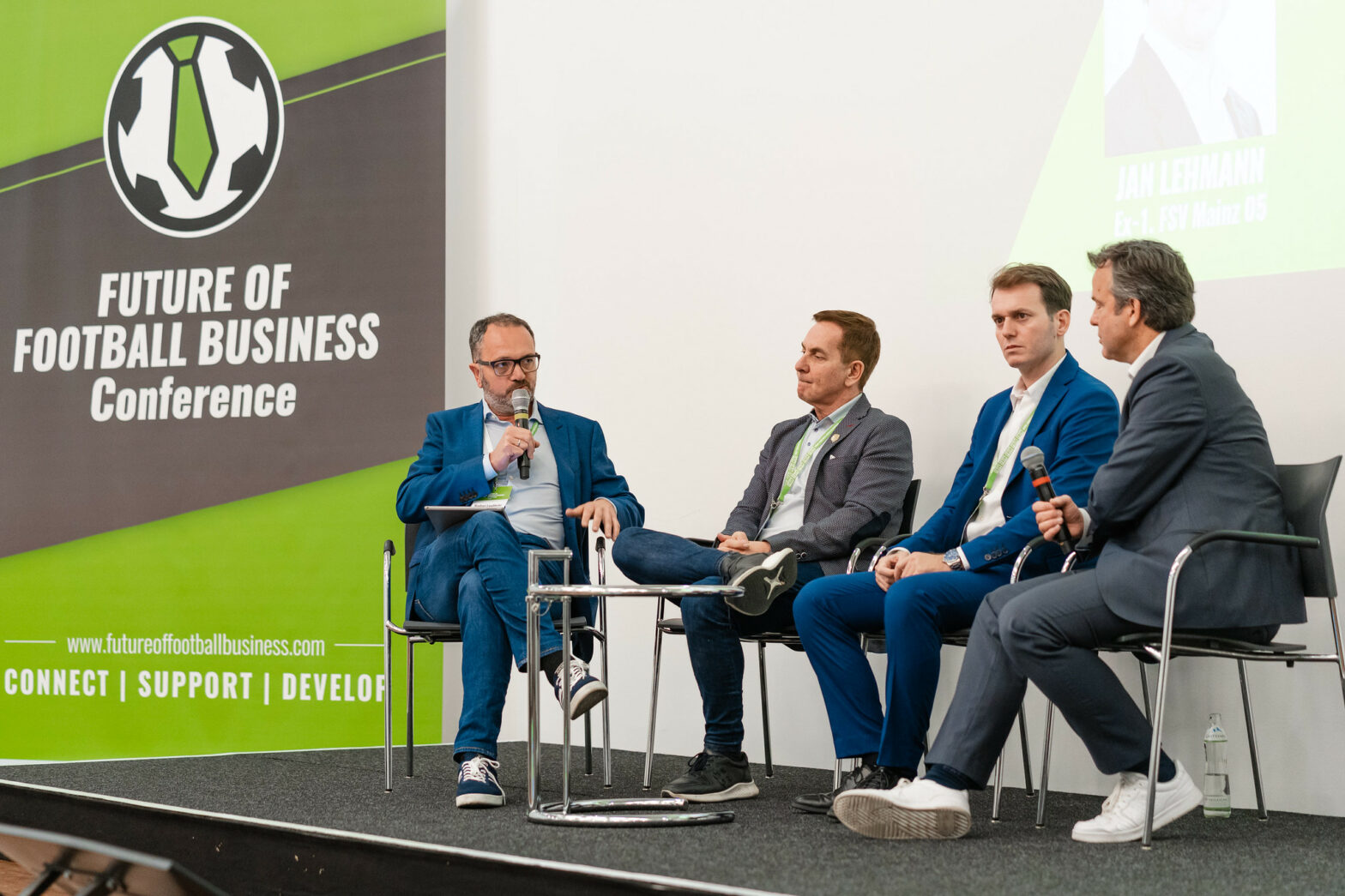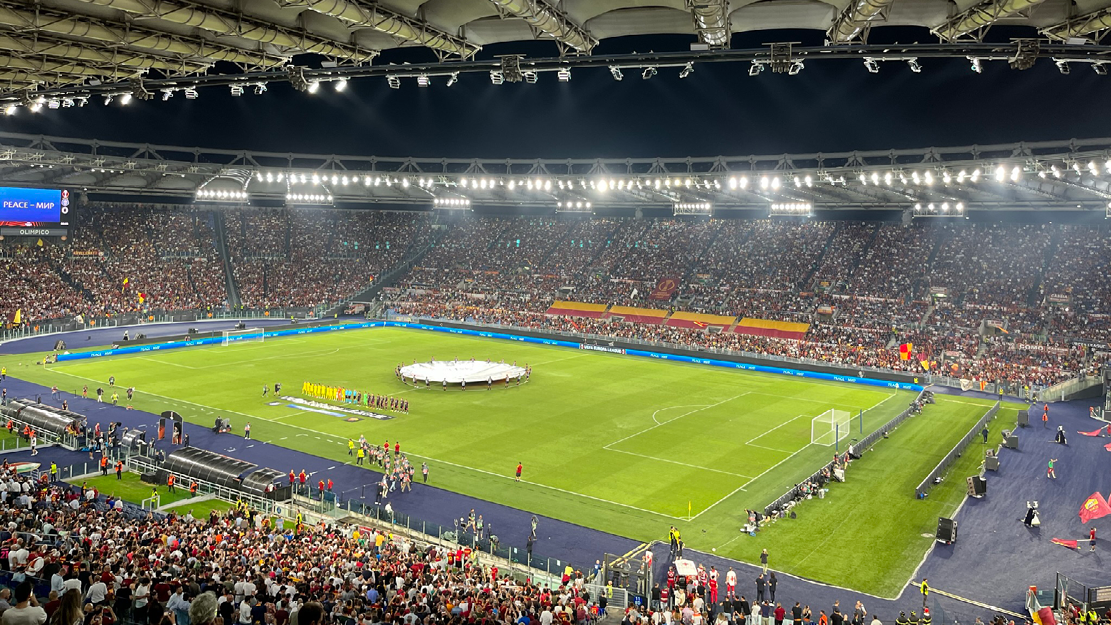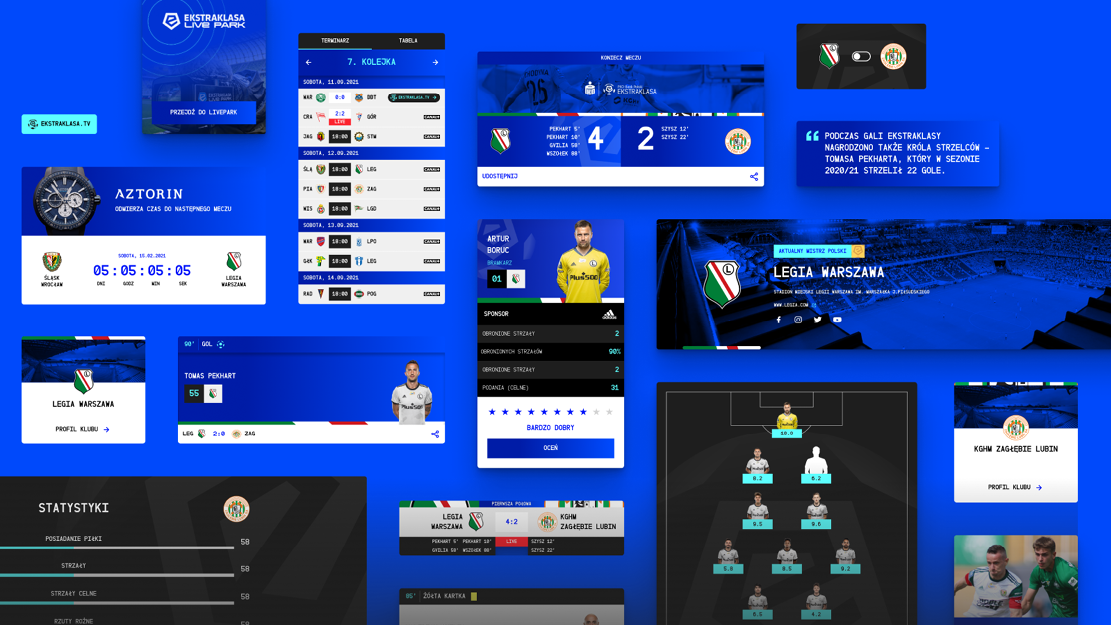At the FUTURE OF FOOTBALL BUSINESS Conference 2022, Jan Lehmann (Former CCO & CFO, FSV Mainz 05), Tony Sage (Owner & Chairman, Perth Glory FC), and Gianluca Santaniello (Business Area Director, Venezia FC shared their thoughts about sustainable ways to finance a football club in a panel discussion. Below are the key takeaways.
Are Barcelona’s financial-boost strategies sustainable?
The panel was kicked off with a hotly-debated topic of recent Barcelona’s boosting strategies to ease its financial crisis of almost 1 billion euro debt.
Tony Sage started with a non-football example of Bruce Springsteen, who sold his whole catalog to Sony for $500 million and said he can’t earn any more revenue for the rest of his life. Tony believes football clubs, on the other hand, shouldn’t do it as you’re giving away your future income. Additionally, as a members-owned club like Barcelona, no actual owner will be accountable for such decisions, and the next president might be left with future revenue problems.
Similarly, Gianluca Santaniello said it’s hard to judge one of the biggest football clubs in the world. However, it’s undoubtedly that the Spanish club is in an emergency since they have to finance the short-term operation with long-term assets and resources.
Jan Lehmann expressed more empathy and stated that it’s difficult to know every detail from the outside. In general, he believes debt in football is usually associated with a negative term, while it doesn’t always need to be a bad thing. Additionally, the Covid-19 crisis was probably a culprit, and Barcelona wasn’t able to adapt to change its fore-planned strategies. Then, it is understandable why the club needed to finance its current expenses with future revenues. In conclusion, it’s not easy to answer whether it’s right or wrong as it depends on the strategy and future investment expectations.
Thoughts on UEFA’s new financial sustainability regulations on cost control and squad expenses
In June 2022, new rules would limit club spending on player and coach salaries, transfers, and agent fees to 70% of revenues; a benchmark deemed sustainable by industry experts. Lehmann doesn’t think a fixed ratio, whether 50% or 70%, makes much sense since the scope varies from country to country. Put simply, comparing clubs from different countries is not relevant. Furthermore, every payment made by investors won’t be counted, or clubs can easily close these gaps again. So if you are a club with a sugar-daddy investor, the 70% rule doesn’t apply to you. Santaniello agreed that maybe a more customized ratio for each club, ownership group, or country would be better, even though it’s difficult to customize the system indicator. He also shares that Italian football is facing the same topic with the liquidity index. Sage brought in the Australian’s League perspective, a salary-cap league similar to the Major Soccer League in the US. This system does work and levels all participating teams.
What are the major revenue streams for the future?
The 3 panellists were then asked if football clubs are ready to develop and monetize new digital assets from NFT or Metaverse.
Santaniello said that it’s crucial to understand both sides of these new technologies. For example, though NFT or blockchain-based assets might be highly profitable, they might consume a lot of energy. He suggested that clubs should be aware of the environmental impacts and nurture good relationships with expert/tech partners to drive sustainable innovation. He also added learning from other industries is vital, such as fashion and web3, which has already shown concrete results.
Jan Lehmann shared his recent discussion with a venture capital on how much money people will spend in the Metaverse in 20-30 years. The answer is probably 50% of our time and resources. There is no doubt that Metaverse or such will create new business models and new business revenues. So, it makes sense for at least some top-flight teams to start making efforts to learn fast and fail forward. If people spend 50% of their time in digital worlds, a significant share of income, not only for football clubs, is likely coming from these.
Sage added that there’s a growing difference between the small and medium clubs that rely mainly on stadium visitors and their community versus the big clubs that can generate income from all over the world. And, of course, the branding power from these top-flight clubs will increase, giving them an edge to enter these new digital spaces.
The investment story of the Australian League and Silver Lake
Tony Sage shared the story of how the A-Leagues struck a deal to sell one-third of its stake to Silver Lake, marking the biggest single injection of capital in the history of Australian football. The amount grants the A-Leagues an overall value of $425 million. The FA owned all A-Leagues clubs back then, and despite investing around $400 million over 13 years, the clubs had only a license and no intellectual property rights (IP). Despite the fact that football is the third most popular sport in Australia, the FA left the clubs bankrupt, causing a massive debate. Consequently, the owners got together to seek out private equity groups. This agreement with Silver Lake gave the clubs an IP asset that may be utilized as security when approaching a bank. Furthermore, Silver Lake also brought in broadcasters and other sponsorship partners. The exit strategy was set to last between three and five years, showing a long-term commitment and allowing sufficient time for the league to expand.
Member ownership vs. Private Investors
Another classic discussion, notably in Germany and Austria, is member-based vs. private-investor ownership. Lehmann mentioned Austria as an example of a country where both models exist, and he felt this might be problematic since it may not be a good balance. As a club manager, Lehmann reckons it may be simpler to communicate with investors than with club member representatives from a business perspective.
However, member-owned clubs have the advantage of being more patient, having a long-term strategy, and not selling their clubs in the short term. He concluded that there is no proper response to the question of which is better and that it is a cultural thing. In Germany and Austria, there is no need to change the model at this time; rather, the focus should be on identifying the right structures and personnel for the task.
How do the inflation issue and the recent economic downturn impact football clubs?
Lehmann predicted that not only football but other sports might be affected by the upcoming economic downturn. While broadcasting and sponsorship contracts are fixed and have a medium- to long-term duration, matchday revenue may encounter difficulties. Even with immediate impacts on the cost side, it is not the right time to increase ticket prices after Covid. Due to high inflation and rising energy costs, over 30 percent of German households are reducing entertainment and leisure expenditures.
Sage also said that the travel distance for away fans is one of the biggest challenges in Australia. For instance, the journey from Perth to Wellington may take between 12 and 13 hours. Therefore, it’s unlikely for A-Leagues clubs to rely on gate receipts but instead on the investment of Silver Lake and broadcasting rights.
Santaniello believes that financial and scenario planning is crucial. Clubs should make decisions from a bigger-picture standpoint. For FC Venezia, being relegated to Serie B made it harder to increase any of their service prices. Hence, they have to come up with creative ways to offer real value to the fans. For instance, the club announced that the transportation cost to the stadium, which, interestingly, via public water transport, will be included in the match ticket. This is possible thanks to the collaboration with the city municipality to give back value to the community during the crisis period.






